CO₂ as a refrigerant – exploring CO₂ single-stage systems

In post nine of our CO2 as a Refrigerant blog series, I explore the emerging potential for CO2 single-stage systems in commercial refrigeration and/or retail settings.

Introduction to retail CO2 systems
The diagram in Figure 1 depicts a simple CO2 single-stage system, such as those used in emerging CO2 condensing units. The refrigerant discharges from the compressor and flows into the gas cooler, where heat is removed. If ambient temperatures are low, the gas cooler will condense the R-744 vapor just as it would in a traditional system. However, if ambient temperatures rise — such as on a hot summer day — R-744 will not condense in the gas cooler because the system would be operating above the critical point.
So the high-pressure R-744 vapor passes through an expansion device at the outlet of the gas cooler and condenses once its pressure drops below the critical point. The liquid in the bottom of the flash tank (receiver) feeds the MT cases. Electronic expansion valves (EEVs) control the superheat at the outlet of all cases and vapor is drawn back to the compressors.
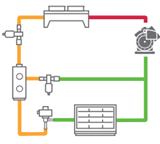
Figure 1: Simple CO2 single-stage system for medium temperature
In this CO2 system, the temperature of the refrigerant at the outlet of the gas cooler depends on the size of the gas cooler. For this simple short coupled system the pressure of the refrigerant in the gas cooler depends on the amount of refrigerant charge in the system and the ambient temperature. Thus, the capacity and efficiency of this type of system vary significantly based on ambient temperature and the quantity of refrigerant in the system.
In the pressure enthalpy diagram shown in Figure 2, three examples of discharge pressures are depicted — each having identical evaporating temperature.
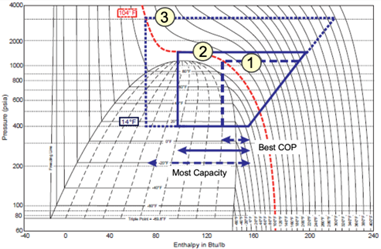
Figure 2: Pressure enthalpy chart showing supercritical operation at three different discharge pressures
In subcritical operation (below the critical point), the refrigerant in the gas cooler would de-superheat and then condense, rejecting heat at a constant temperature. In supercritical operation, R-744 does not condense; it rejects heat as a supercritical fluid, cooling during this process (see Figure 2). Even with an HFC with a wide temperature glide such as R-448A/R-449A, the temperature change through the condenser is small compared to that of a gas cooler in a CO2 booster system.
In each example in Figure 2, R-744 exits the gas cooler at a temperature of 104 °F (40 °C), which is represented by the red dashed line. This exit temperature is a function of the size of the gas cooler and the ambient temperature, in the same way as condensing temperature is a function of the size of the condenser and the ambient temperature.
The cooling capacity of each discharge pressure scenario (i.e., 1, 2 and 3) varies significantly. When operating in supercritical mode, the cooling capacity increases (at constant gas cooler outlet temperature) with an increase in pressure. This is the opposite of what happens in a subcritical operation, where cooling capacity increases at lower discharge pressures.
The compressor power input of each system also varies. The lower the pressure, the lower the power input, as in subcritical systems.
Variation in power input is not proportional to the variation in cooling capacity. For example, increasing the head pressure from scenario 1 to scenario 2 provides a significant increase in cooling capacity with a very low increase in compressor power input. Increasing the pressure from scenario 2 to scenario 3 increases cooling capacity less than the increase in compressor power input.
Unlike subcritical systems, the maximum coefficient of performance (COP) while in supercritical operation does not occur at minimum condensing pressure. Optimum system COP changes constantly with gas cooler outlet temperature while operating in supercritical mode.. The high-pressure controller communicates with the rack supervisory control to continually monitor system capacity versus optimal efficiency (i.e., COP).
In general, while operating in supercritical mode a system is always trying to optimize COP by matching the optimal pressure to a gas cooler outlet temperature. In extreme cases where additional system capacity is required, the COP controlling setpoint is overridden to drive up head pressure to temporarily achieve extra system capacity (example moving from point 2 to 3 in Figure 2). But this extra capacity comes at the expense of higher compressor input power. Once the capacity requirement drops to normal levels, the system can return to its optimal COP setpoint.
Figure 3 shows how this pressure is controlled in a typical retail system with single-stage compression.
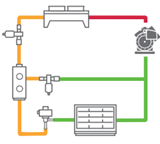
Figure 3: Gas cooler with high pressure controller, HPV and BGV
Note that two additional valves in this system control the gas cooler and intermediate pressures:
- The gas cooler pressure valve 1 — also referred to as the high-pressure valve (HPV) — regulates the pressure in the gas cooler and associated piping It is a pressure-reducing electronic expansion valve that is controlled by the pressure and temperature at the outlet of the gas cooler.
- The receiver pressure valve 2 — also referred to as the bypass gas valve (BGV) — regulates the pressure in the receiver (aka flash tank) and associated liquid distribution piping. It is controlled from the pressure in the receiver.
Subcritical versus supercritical operation
The ambient temperature profile of the installation location determines the proportion of time a CO2 booster system runs in supercritical mode. For many regions, a significant proportion of the operation will be subcritical, typically when the ambient temperature is below 75°F (24 °C). In this case, while in subcritical mode the HPV usually controls the refrigerant in the condenser to maintain a specified amount of sub-cooling (typically 3 to 5 °F (1.5 to 3 °C).
Today, equipment manufacturers are utilizing this single-stage architecture in CO2 condensing units. For the next article of this CO2 as a Refrigerant series, I’ll take a closer look at CO2 booster systems.

CO2 as a Refrigerant — Criteria for Choosing Refrigerants
by Andre Patenaude | Efficiency & Refrigerant Regulations, Refrigerants
This is post two of CO2 as a Refrigerant, a blog series covering the fundamental considerations...
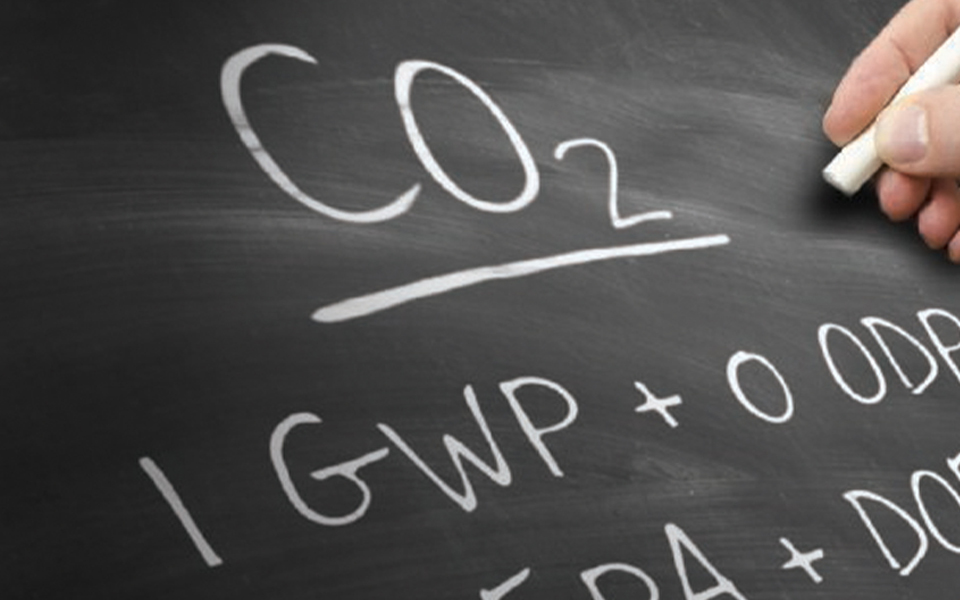
CO2 as a Refrigerant – Properties of R-744
by Andre Patenaude | Efficiency, Efficiency & Refrigerant Regulations, Refrigerants
This is post three of CO2 as a Refrigerant, a blog series covering the fundamental considerations...
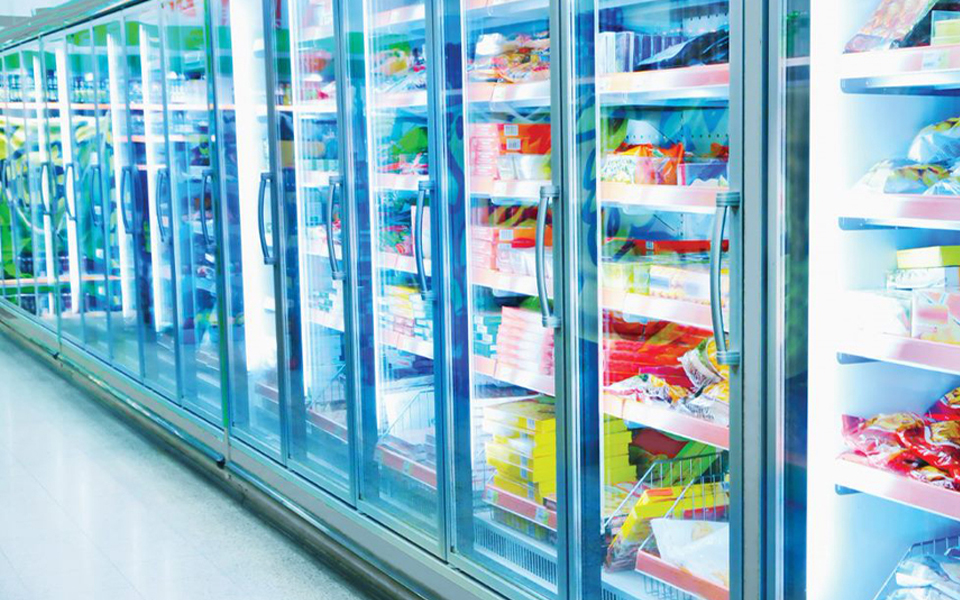
CO2 as a Refrigerant – Comparison of R-744 with Other Refrigerants
by Andre Patenaude | Efficiency, Efficiency & Refrigerant Regulations, Refrigerants
In post six of our CO2 as a Refrigerant blog series, I will compare CO2 to traditional and...
The post CO2 as a Refrigerant – Exploring CO2 Single-stage Systems appeared first on Copeland E360 Blog.